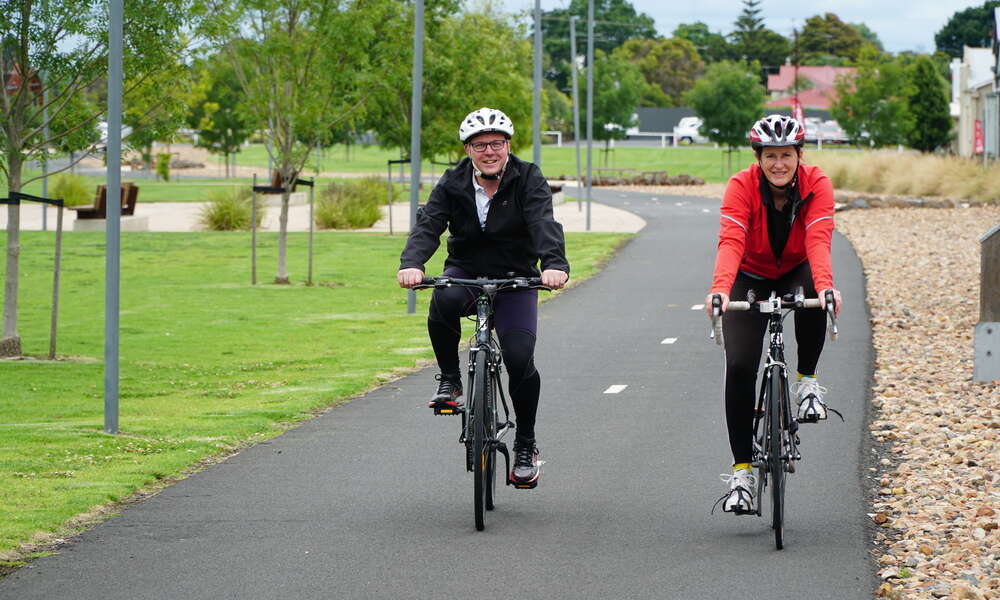Cycling culture has been growing in popularity in cities around the world, with more and more people choosing to cycle as a mode of transportation. This trend has had a significant impact on how cities develop their infrastructure to accommodate the needs of cyclists.
The Benefits of Cycling Culture

There are many benefits to cycling culture, both for individuals and for cities as a whole. For individuals, cycling is a great way to stay active, save money on transportation costs, and reduce their carbon footprint. For cities, promoting cycling culture can help reduce traffic congestion, improve air quality, and create a more livable city environment.
Infrastructure Development for Cyclists
To accommodate the growing number of cyclists, cities have been investing in infrastructure development such as dedicated bike lanes, bike share programs, and bike parking facilities. These improvements have made cycling safer and more convenient for people of all ages and abilities.
Challenges and Solutions
Despite the benefits of cycling culture, there are still challenges that cities face in promoting it. One of the biggest challenges is the lack of space for bike lanes and other infrastructure, especially in older cities with narrow streets. However, there are solutions to these challenges, such as reallocating road space from cars to bikes, implementing traffic calming measures, and creating more green spaces for cyclists to ride in.
The Future of Cycling Culture
The future of cycling culture looks bright, with more and more cities investing in infrastructure to support it. As cycling becomes more popular, we can expect to see even more improvements in cycling infrastructure, such as smart bike lanes, bike highways, and bike-friendly traffic signals. With these improvements, cycling will become an even more attractive and sustainable mode of transportation for people around the world.
- Overall, cycling culture has had a positive impact on city infrastructure development.
- Infrastructure development for cyclists has made cycling safer and more convenient for people of all ages and abilities.
- Challenges faced by cities in promoting cycling culture can be overcome with solutions such as reallocating road space from cars to bikes.
- The future of cycling culture looks bright, with more cities investing in infrastructure to support it.

